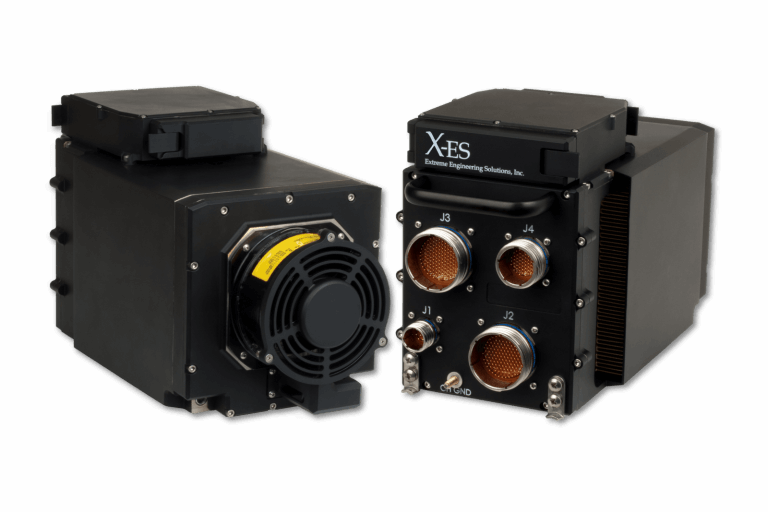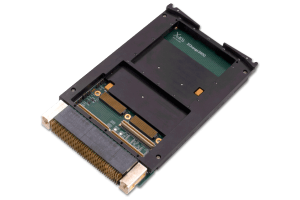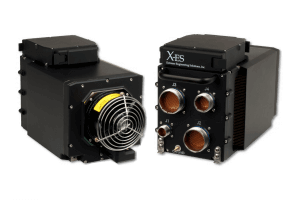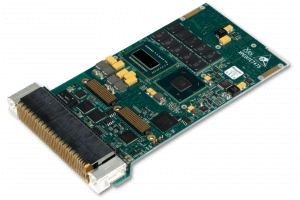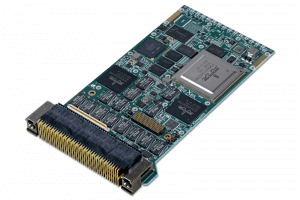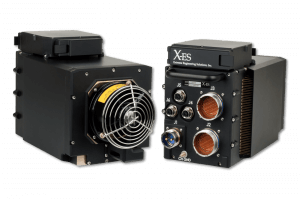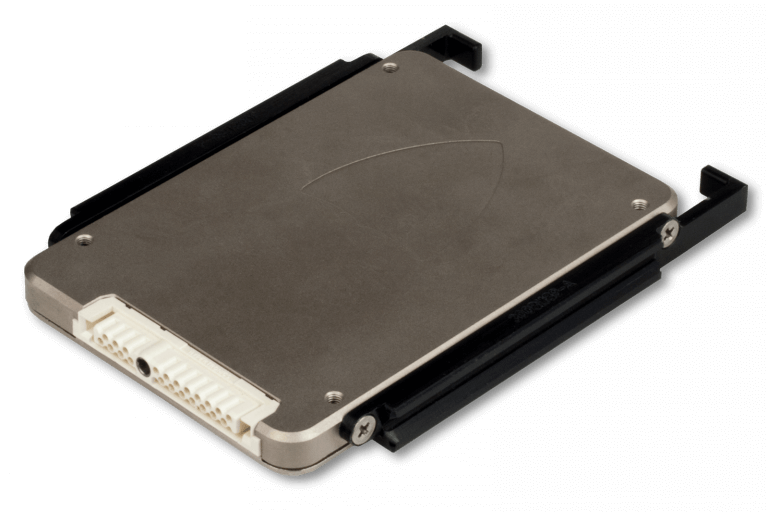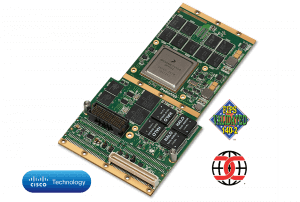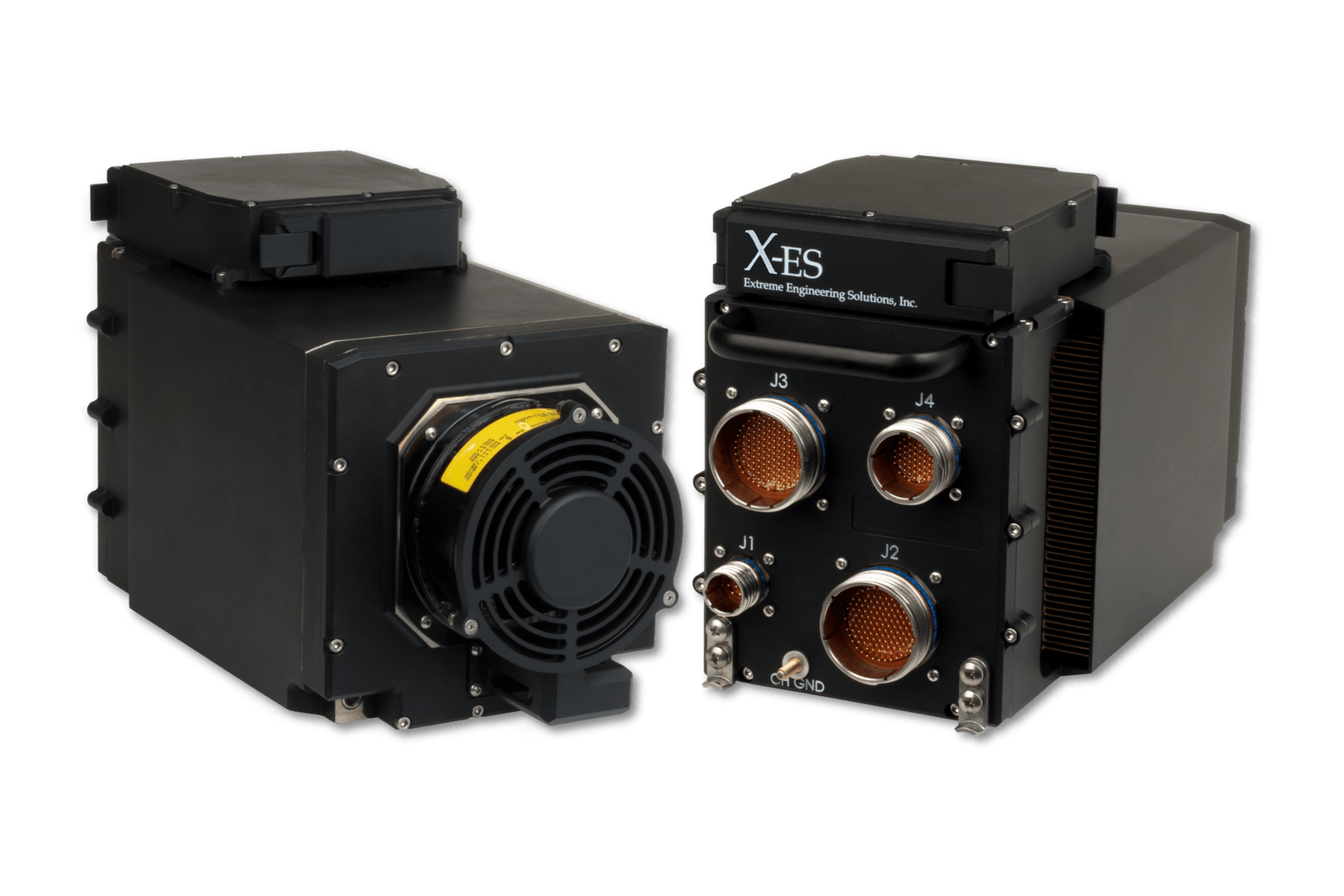The XPand4208 is a high-performance, expandable, computing and networking platform for environmentally demanding, SWaP-restricted, avionics and vetronics applications. The XPand4208 has been qualified to the rigorous MIL-STD-810F, DO-160F, and MIL-STD-461F environmental and EMI/EMC standards. This feature-rich LRU includes two quad-core Intel® Core™ i7 processors, each capable of operating at up to 2.1 GHz. The XPand4208 provides a number of external I/O interfaces, including eleven Ethernet ports, two DVI ports, eight USB ports, nine serial ports, and optionally, four isolated GPIO discretes.
The internal processor modules communicate with expansion slots via high-throughput x4 PCI Express interfaces. The processor modules communicate with each other, as well as with external devices, over a managed Gigabit Ethernet fabric. The Gigabit Ethernet fabric delivers full wire-speed across all of its ports and supports jumbo packets up to 12 kB. It also supports IPv6, Energy Efficient Ethernet (EEE), and a comprehensive set of IETF RFCs and IEEE protocols. The XPedite5205 Cisco IOS® router XMC can be installed, providing highly secure data, voice, and video communications to stationary and mobile network nodes.
The XPand4208 includes two removable SATA Solid-State Drive (SSD) flash memory modules. The system’s toolless, removable SSD implementation has been tested and deployed in the most stressful environmental conditions. These memory modules include 256-bit AES hardware encryption, high-reliability connectors capable of thousands of insertions and extractions, and they include zeroization support.
The XPand4208 can be configured to support Intel’s Active Management Technology (AMT), which allows developers and installers to remotely access diagnostic information and perform system maintenance on each processor module via a network connection. This drastically simplifies developing, installing, and upgrading multiprocessor platforms by eliminating the need for separate user-accessible serial ports or keyboard, video, and mouse ports from individual processor modules.
